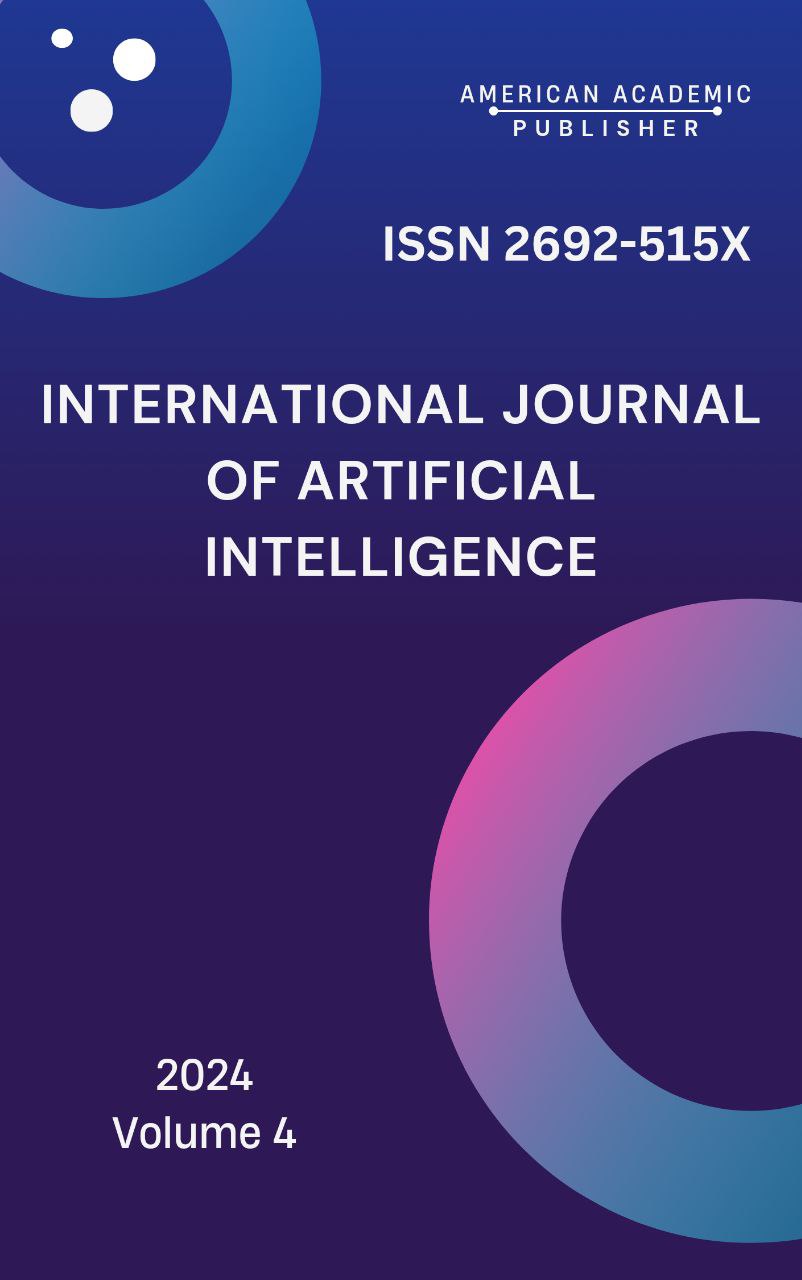 Articles
| Open Access |
Articles
| Open Access | THE POWER OF MODERN ORTHODONTICS: A BRIEF INTRODUCTION TO ENHANCEMENT IN ORTHODONTICS
G’aybullayeva Madinabonu, Ahmadi Behnaz,Rahmanov T. O. , Tashkent State Dental InstituteAbstract
Orthodontics has undergone a remarkable transformation, evolving from a primarily functional treatment to a comprehensive approach that addresses both aesthetic and functional concerns. This article delves into the multifaceted benefits of modern orthodontic treatment, exploring its impact on oral health, facial aesthetics, and psychological well-being.
By harnessing the power of advanced technologies, orthodontists can now achieve precise and efficient tooth movement. Digital orthodontics, with its advanced imaging and treatment planning capabilities, enables clinicians to visualize treatment outcomes and tailor treatment plans to individual patient needs. Clear aligners and self-ligating braces offer discreet and comfortable treatment options, making orthodontic treatment accessible to a wider range of patients.
Beyond the physical benefits, orthodontic treatment can significantly enhance an individual's self-esteem and quality of life. A well-aligned smile can boost self-confidence, improve social interactions, and contribute to a positive self-image. By understanding the transformative potential of modern orthodontics, individuals can make informed decisions about their oral health and embark on a journey toward a healthier, more beautiful, and confident smile.
Keywords
orthodontics, dental health, aesthetic dentistry, clear aligners, self-ligating braces, digital orthodontics, oral health, facial aesthetics, psychological well-being, smile confidence
References
McNeill, D. W. (2015). The evolution of orthodontics. American Journal of Orthodontics and Dentofacial Orthopedics, 148(1), 7-16.
Kusnoto, B., & Kusumawati, N. (2023). The role of digital technology in modern orthodontics. Journal of Dentistry, Oral Medicine, and Oral Pathology, 10(1), 1-7.
Al-Khateeb, H. A., & Al-Khateeb, S. A. (2022). Self-ligating brackets: A systematic review. Journal of Clinical Orthodontics, 55(11), 687-695.
Proffit, W. R., & Fields, H. W. (2013). Contemporary orthodontics. Mosby.
Graber, L. W., & Vanarsdall, R. L. (2015). Orthodontics: Current principles and techniques. Mosby.
Bahromjon Mamatkulov FUNDAMENTALS OF MEDICAL STATISTICS (BIOSTATISTICS) (2005)
MAMATKULOV BAKHROMJON PUBLIC HEALTH AND HEALTH CARE MANAGEMENT (2020)
Cobourne, M. T., & DiBiase, A. T. (2015). Handbook of orthodontics (2nd ed.). Elsevier Science.
Deguchi, T., Takano-Yamamoto, T., Kanomi, R., Hartsfield, J. K., Roberts, W. E., & Garetto, L. P. (2003). The use of small titanium screws for orthodontic anchorage. Journal of Dental Research, 82(5), 377-381.
Bishara, S. E., Burkey, P. S., & Kharouf, J. G. (1994). Dental and facial asymmetries—a review. Angle Orthodontist, 64(2), 89-98.
Ren, Y. J., Maltha, J. C., & Kuijpers-Jagtman, A. M. (2003). Optimum force magnitude for orthodontic tooth movement: A systematic literature review. Angle Orthodontist,73(1), 86-92.
Хабилов Н. Л. и др. госпитал ортопедик стоматология кафедраси йил давомида нашр этилган тезислар хисоботи //Conferences. – 2023. – С. 114-118.
Luqmonovich X. N. et al. CHEMICAL BURNS OF THE ORAL MUCOSA //International journal of artificial intelligence. – 2024. – Т. 4. – №. 10. – С. 263-268.
Luqmonovich X. N. et al. DEVELOPMENT OF A COMPLEX PLANT-BASED REMEDY FOR USE IN DENTISTRY //International journal of artificial intelligence. – 2024. – Т. 4. – №. 10. – С. 201-206.
Article Statistics
Downloads
Copyright License

This work is licensed under a Creative Commons Attribution 4.0 International License.

